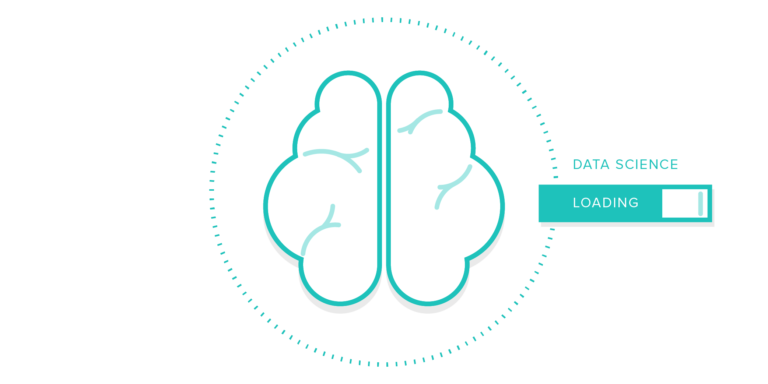
Tasneem Zaveri
Senior Engineer

Machine learning and predictive modelling for all!
Machine learning and predictive modelling through artificial intelligence are disciplines that I find incredibly intriguing, and right now we have more access to powerful predictive engines than ever before.
“Tools like Einstein Discovery make it possible for businesses to rapidly generate value from the vast amount of data they are collecting. “
Rapidly building, testing and operationalising effective predictive models is critical to showing the value of data driven decision making. AI informed actions will often drive general efficiency gains and improved business processes but can also be highly focused on achieving very specific outcomes such as reducing a certain kind of churn or maximising marketing effectiveness. Even so, the question I hear all the time is…
“But don’t I need to be a data scientist?”
The short but largely unhelpful answer is “No”. The longer more accurate answer is “No, but you do need to think like a data scientist”. Here are some simple principles you can follow that will very quickly have you thinking about data and predictive modelling in a whole new way.
1. What’s the business problem you are trying to solve? A clear vision of the behaviour you would like to drive through surfacing predictive insights is critical to delivering an actionable model.
2. Building a predictive model is an experiment. Start with a hypothesis about what your data could tell you, but also be aware that you can’t know the result of an experiment before you run it. Always be prepared to cut your losses and pivot if an idea is not bearing out.
3. Data quality is more important than data quantity. Einstein Discovery only needs a few thousand rows of data across a few dozen fields to begin looking for predictive correlations. Having more data is helpful, but it’s not the quantity that you can throw at the model that matters. Instead, it’s the quality of the data that really impacts the potential accuracy of model predictions. Make sure to use data that is relevant, highly cardinal, accurate and as complete as possible.
4. Speed to operationalised value is key. Don’t be seduced into chasing a perfect model, for one thing it’s largely impossible and, for another, you will rapidly hit diminishing returns. A good model after six weeks is much more valuable than a great model in two years’ time. Your model only needs to be a 15%-20% improvement on a coin flip and you will begin to see real value. Once that model is in the wild you can start iterating, polishing and refining.
5. Don’t stop iterating! Model iteration should never end if the underlying concept stays relevant to the business. Keep reviewing the model performance over time and follow a cycle of, observe results, iterate, redeploy. It’s an exciting journey to continue to refine your model with new observations, actions and data.
6. Einstein Discovery knows stats; you know your business. Trust the tool to do the data crunching and statistical work. Trust your knowledge of the business to validate the model’s findings.
With these points in mind, and a few Einstein Discovery trailhead modules under your belt, you’ll have the power to not only create AI models but also to rapidly iterate on them.
“You can learn and improve your knowledge on AI while the machine learns and improve its understanding of your data. “
You’ve now got a great concept for a model and good handle on what to do to get it built. Time to get started right!? Almost! Hold up for one moment, because the final crucial question is, once you can predict something…
How do you drive usage and monitor adoption?
A critical factor in the success or failure of any AI project is adoption. A predictive model needs to be incorporated into end user workflows and we need to quickly help them develop trust and ownership of it.

“Trust and ownership are built through clear communication of how the model operates and how the recommendations it makes can be utilised.”
End users need to know that the model can learn very quickly and that they are important in providing the feedback that guides model refinement. By combining end user feedback with your knowledge of the business, the data and the workflow, you can give the AI platform what it needs to generate valuable insights and provide clear next actions.
Now you’re thinking like a data scientist, what’s next?
Thanks to wide availability of platforms such as Einstein Discovery, many more people now have access to the power of AI, and we can all begin to use our data to power up our businesses.
